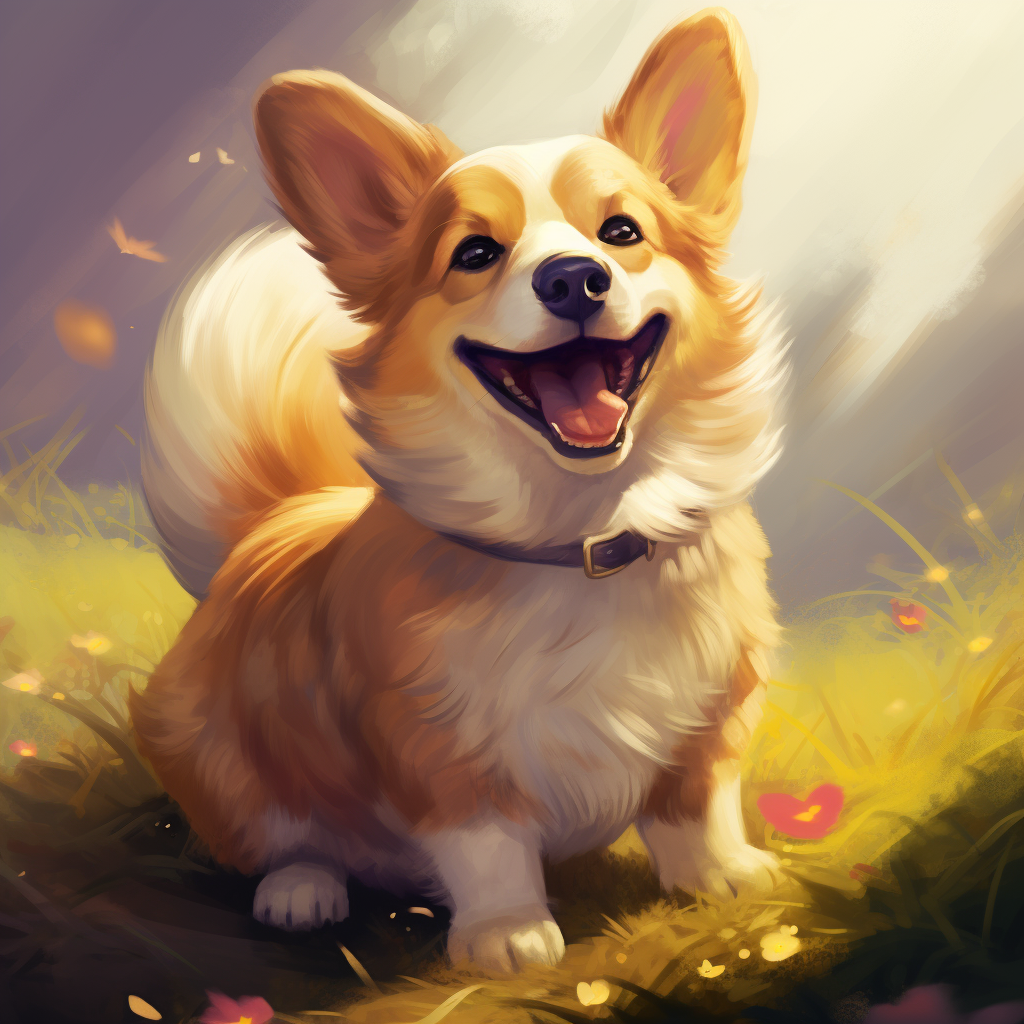
Corgis are among the most recognizable and beloved dog breeds, known for their short legs, fox-like faces, and charming personalities. However, one noticeable feature often sparks curiosity: their tails. You may have seen some Corgis with tails and others without. Understanding why requires an understanding of the difference between Pembroke Welsh Corgis and Cardigan Welsh Corgis, as well as how customs and laws around tail docking have evolved.
The Tale of Two Breeds
Pembroke Welsh Corgis and Cardigan Welsh Corgis: A Distinct Difference
At first glance, Pembroke and Cardigan Welsh Corgis might look similar, but a key distinguishing feature is their tails. The Cardigan Welsh Corgi typically has a long, bushy tail, resembling a fox’s tail. In contrast, the Pembroke Welsh Corgi traditionally has a shorter or docked tail. But, just because a corgi has a tail doesn’t mean it’s a Cardigan; Pembrokes are often allowed to keep their tails nowadays. (Cardigans also have a longer body, stockier build and different colorations: you’ll find cardigans in brindle, blue merle, black and white, red, sable and tri-color, while Pembrokes are traditionally red, fawn, sable, black and tan, or tri-color.)
Historical Tail Docking in Pembroke Welsh Corgis
The Tradition and Its Origins
Historically, Pembroke Welsh Corgis had their tails docked. This practice originated for several reasons. Primarily, in their early history in Wales, Pembroke Welsh Corgis were used as herding dogs. The tail docking was thought to prevent injury while herding and to create a cleaner appearance. Additionally, there was a belief that docking the tail could enhance their agility and speed. Cardigans, which were more bred as multi-purpose farm dogs, weren’t subject to tail docking.
The Evolution of Tail Docking Practices
Changing Perceptions and Legal Interventions
In recent years, attitudes toward tail docking have shifted. Many now view the practice as unnecessary and purely cosmetic, leading to legal changes in various countries. Countries like the United Kingdom, Australia, and several European nations have implemented strict regulations or outright bans on tail docking for non-medical reasons. As a result, more Pembroke Welsh Corgis with natural, undocked tails are seen in these countries.
In countries where tail docking is still practiced, it’s often done when the dogs are puppies and is a decision typically made by the breeder. However, even in these regions, there’s a growing movement against the practice, advocating for the natural, undocked appearance of the Pembroke Welsh Corgi.
The Current State of Corgi Tails
Pembrokes and Cardigans in the Modern World
Today, you’ll find both breeds of Corgis with and without tails, depending on geographic location and breeding practices. The Cardigan Welsh Corgi continues to be recognized with its long tail, a hallmark of the breed. Meanwhile, the Pembroke Welsh Corgi is increasingly seen with its natural, longer tail, especially in countries where docking has been banned or fallen out of favor.
Conclusion
The tale of Corgi tails is a fascinating part of the breed’s history and evolution. Whether sporting a long, bushy tail or a shorter docked one, both Pembroke and Cardigan Welsh Corgis continue to charm and delight their owners worldwide. As laws and perceptions around tail docking evolve, we may see more Pembrokes with their natural tails, celebrating the breed in its unaltered form. Regardless of their tail length, these adorable dogs remain a beloved part of the canine world, known for their loyalty, intelligence, and endearing personalities.


